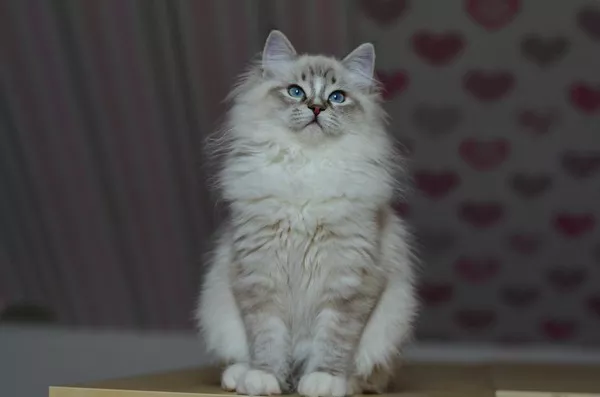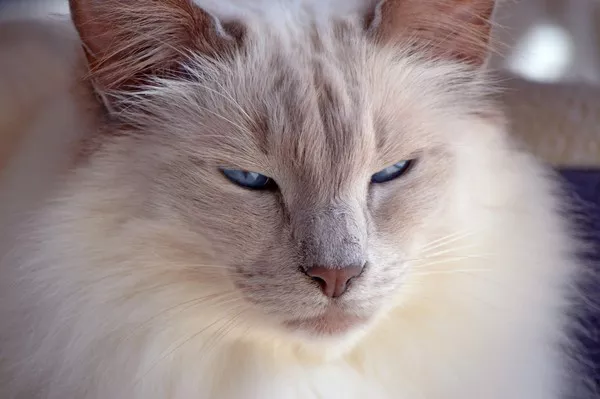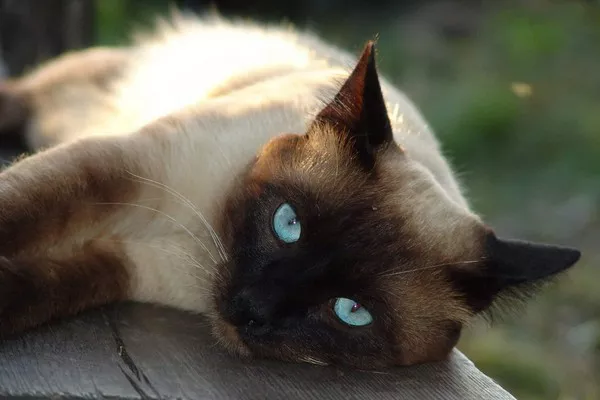Cats are known for their independent and often mysterious behavior. While it’s natural for them to have occasional mood swings or days when they seem less active, prolonged changes in your cat‘s behavior might be a sign of something more serious, such as depression. In this article, we’ll explore the concept of cat depression, its potential causes, common symptoms, and what you can do to help your feline friend if you suspect they are suffering from this condition.
Understanding Cat Depression
Depression in cats, often referred to as feline depression or “the cat blues,” is a complex emotional and behavioral disorder. While it may not be identical to human depression, it shares some similarities. Cat depression can significantly impact your pet’s overall well-being and quality of life.
Causes of Cat Depression
Identifying the underlying causes of your cat’s depression is essential for effective management. Some common triggers include:
Major Life Changes: Cats are creatures of habit, and significant changes in their environment or routine, such as moving to a new home, the introduction of a new pet, or the loss of a companion (human or animal), can lead to depression.
Illness or Pain: Undiagnosed or chronic health issues can affect your cat’s mood and behavior. Cats may become withdrawn or lethargic when they are unwell or in pain.
Boredom and Lack of Stimulation: Cats need mental and physical stimulation to thrive. A lack of playtime, environmental enrichment, or opportunities for mental engagement can contribute to depression.
Grief: Cats can experience grief and sadness when they lose a bonded companion, whether it’s another pet or a close human family member.
Trauma or Abuse: Cats that have experienced trauma or abuse may exhibit signs of depression due to their past experiences.
Common Symptoms of Cat Depression
Recognizing the signs of depression in cats can be challenging, as they often manifest differently than in humans. Keep an eye out for the following behavioral changes:
Withdrawal: Depressed cats may become more reclusive, avoiding social interaction with their human family members and other pets.
Changes in Appetite: Depression can lead to changes in eating habits, resulting in increased or decreased appetite. Some cats may even stop eating altogether.
Lethargy: Apathy and decreased activity levels are common signs of depression. Your cat may spend more time sleeping and less time playing or exploring.
Excessive Grooming or Neglect: Some cats may cope with depression by excessively grooming themselves, while others may neglect their grooming routine, leading to a disheveled appearance.
Aggression or Irritability: Depression can make cats more irritable or aggressive, leading to uncharacteristic behavior.
Vocalization: Depressed cats may become more vocal, meowing excessively or making distressing sounds.
Changes in Elimination Habits: Depression can affect litter box behavior, leading to accidents or changes in urination and defecation patterns.
What to Do If You Suspect Your Cat Is Depressed
If you suspect that your cat is suffering from depression, it’s essential to take action to improve their well-being. Here are some steps to consider:
Consult Your Veterinarian: Schedule a veterinary visit to rule out any underlying medical conditions that might be contributing to your cat’s symptoms. Your vet can also offer guidance on addressing behavioral issues.
Create a Stimulating Environment: Cats thrive in enriched environments. Provide toys, scratching posts, interactive games, and opportunities for mental stimulation. Rotate toys regularly to keep your cat engaged.
Establish Routine and Predictability: Cats feel more secure when they have a predictable daily routine. Regular feeding times, play sessions, and quiet periods can help reduce stress.
Spend Quality Time Together: Bond with your cat through gentle petting, brushing, and cuddling. Create positive interactions to strengthen your relationship.
Consider a Companion: If your cat’s depression is related to the loss of a companion, consider adopting another pet to provide companionship.
Consult a Professional: In severe cases, consider consulting with a veterinary behaviorist or a professional cat behaviorist. They can provide specialized guidance and strategies to address your cat’s depression.
Medication: In some instances, your veterinarian may recommend medication to alleviate your cat’s depression. This is typically considered after ruling out other potential causes and attempting behavioral interventions.
Preventing Cat Depression
While not all cases of cat depression can be prevented, there are steps you can take to minimize the risk:
Maintain a Stable Environment: Minimize major changes in your cat’s environment whenever possible.
Regular Veterinary Care: Schedule routine check-ups with your veterinarian to detect and address health issues early.
Social Interaction: Spend quality time with your cat, ensuring they receive the attention and companionship they need.
Enrichment: Provide a stimulating environment with plenty of toys and opportunities for exploration.
Conclusion
Cat depression is a real and treatable condition that can significantly affect your feline friend’s quality of life. By understanding the potential causes and recognizing the symptoms, you can take proactive steps to improve your cat’s mental and emotional well-being. If you suspect your cat is suffering from depression, consult with your veterinarian and consider implementing behavioral interventions to support your beloved pet on their journey to a happier and healthier life.
























